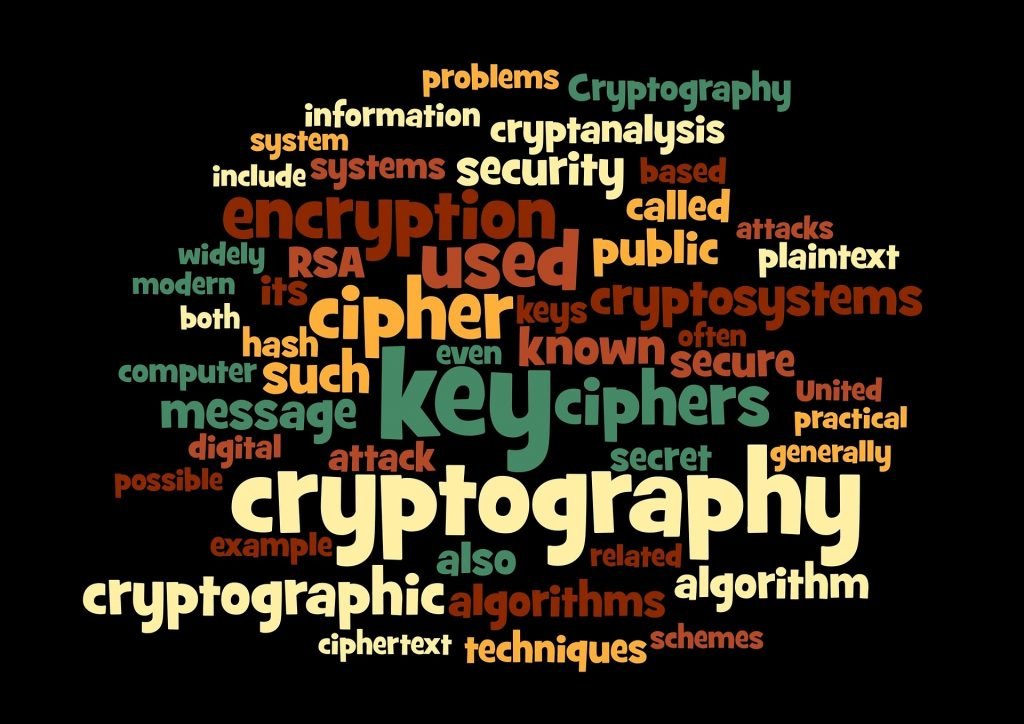What is our guide to Encryption
Encryption is a process that transforms information into a code that can only be read by someone who has the key to decipher it. Encrypting your data can help protect your personal information and prevent unauthorised access. In this article, we’ll provide a simple guide to encryption for all users.

Use a strong password
Before encrypting any data, it is important to have a strong password to protect your encryption key. A strong password should be at least 12 characters long, with a mix of uppercase and lowercase letters, numbers, and symbols. This will ensure that your encryption key is secure and that only you have access to it.
Use encryption software
There are several encryption software options available for home users, such as BitLocker (for Windows) and FileVault (for Mac). These software programs allow you to encrypt entire hard drives, specific files or folders, or even USB drives. Using encryption software is a great way to keep your data secure, and it’s easy to use even if you’re not a tech-savvy person.
Choose the right level of encryption
When encrypting your data, you’ll need to choose the right level of encryption. There are two main types of encryptions: symmetric and asymmetric. Symmetric encryption uses the same key to encrypt and decrypt data, while asymmetric encryption uses two different keys. Asymmetric encryption is considered more secure, but it can also be more complicated to set up and use.
Back up your encryption key
If you lose your encryption key, you won’t be able to access your encrypted data. Therefore, it’s important to back up your encryption key in a safe place, such as an external hard drive or cloud storage service. This will ensure that you can always access your encrypted data, even if you lose your encryption key.
Be aware of the limitations
While encryption can provide a high level of security, it’s not foolproof. For example, if someone gains access to your computer while it’s unlocked, they can access your unencrypted data. Additionally, some encryption software may have vulnerabilities that can be exploited by hackers. Therefore, it’s important to be aware of the limitations of encryption and take additional steps to protect your data, such as using a firewall and keeping your antivirus software up to date.
Keep your software up to date
Like any software, encryption software can have vulnerabilities that are discovered and patched over time. To ensure that your data remains protected, make sure to keep your encryption software up to date by installing updates and patches as they become available.
In summary,
Within this guide to encryption, you can better understand the importance of encryption and implementing the recommended tools and practices, home users can significantly reduce the risk of unauthorised access, data theft, and privacy breaches. The guide to encryption has demonstrated that, despite the technical nature of encryption, there are accessible solutions available for individuals of all skill levels. By staying informed about emerging threats and evolving security technologies, home users can continue to safeguard their digital lives, ensuring that their sensitive data remains protected from prying eyes.














